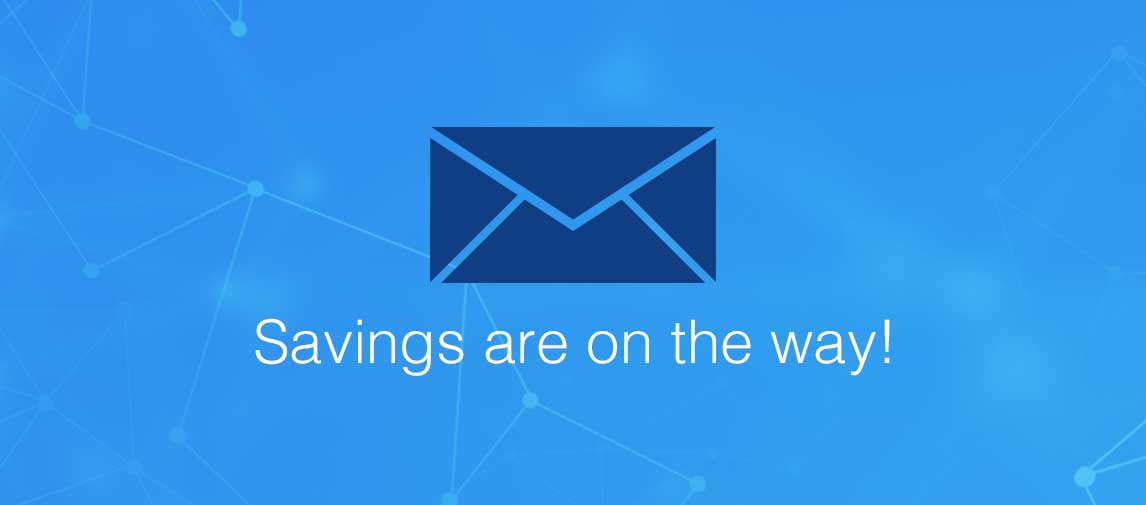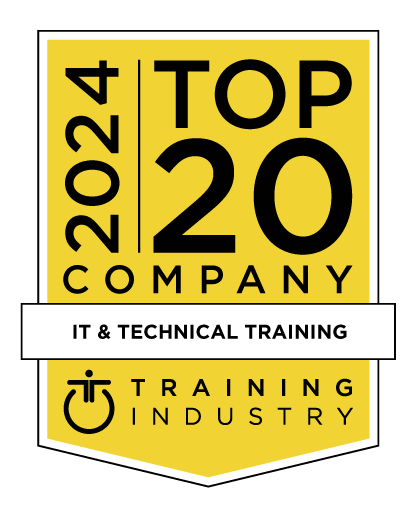title
Please take a moment to fill out this form. We will get back to you as soon as possible.
All fields marked with an asterisk (*) are mandatory.
IBM WebSphere Message Broker V8 Developer Workshop
Course Description
Overview
This 4-day hands-on workshop (with optional, tailorable day 5) is intended to provide programmers an opportunity to learn IBM WebSphere Message Broker V8 (with FP1) development. Extensive hands-on exercises enable the student to reinforce lecture topics. The hands-on portions will use a Windows platform using the Eclipse-based Message Broker Toolkit.This course teaches how to integrate business and applications following the Service Oriented Architecture (SOA) principles and IBM WebSphere Message Broker 8. The course introduces how to design and write message flows, using V8 facilities. Due to the vast coverage of function in WebSphere Message Broker V8, not all available functions will be covered. The course is intended to provide developers with a sound foundation for developing in the WebSphere Message Broker environment, enabling them to make good use of product samples, documentation and other facilities when they begin their own development projects.
Transport protocols, such as JMS, Web services and MQ are discussed. An optional overview of XPath is available on request.
The number of optional topics for Day 5 is extensive. The number that can be covered will depend upon which topics are requested and whether those topics include exercises.
Objectives
- Learn how to integrate business and applications following the Service Oriented Architecture (SOA) principles and IBM WebSphere Message Broker 8
- Introduce how to design and write message flows, using V8 facilities
Audience
- Application Architects
- Designers
- Developers
Prerequisites
- This course assumes basic knowledge of XML and messaging. As a result, some basic knowledge of XML, XSLT, XPath and MQ concepts is assumed. Knowledge of Java is also an advantage.
Topics
- need for business integration and transformation
- and explain the functions of the primary components of WMB V8
- review roles and responsibilities WMB components
- set up WMB development environment
- 1 - Setting up the development domain
- the Message Brokers Toolkit
- the components of Toolkit
- steps to create/test message flow using the Toolkit
- the IBM primitives
- components of WMB messages
- 1 continued - Building and testing a message flow application
- message flow behaviors
- the different debugging techniques
- 2 - Working with problem determination tools (Trace nodes, User Trace, Integrated Test Client, Debugger, Error Logs, The ExceptionList tree)
- WMB message parts and parsing
- coding basic ESQL statements
- using supplied nodes and describe use of most common ones
- Subflows and their uses
- working with databases
- 3 - Manipulating a message using ESQL
- 4 - Working with databases and subflows
- 4A – Implementing deployable subflows and ESQL
- 5 - Using the DatabaseRetrieve node
- 5A - Updating a database using ESQL
- reference variables to process message trees
- shared variables
- user-defined variables
- version control implementation
- advantages of using Environment tree
- parsing in XML messages
- 6 – Implementing reference variables in ESQL
- 6A – Caching a database table to improve performance
- 6B – Using the Environment tree
- 6C – Using Opaque Parsing for XML messages
- request/reply using Aggregation nodes
- obtaining information from different sources
- Nodes
- use of MQGET node to process replies
- 7 - Sending requests and obtaining replies in a single message flow
- 7A - Using the Collector node to process messages from different sources
- storing message layouts in the Toolkit
- using graphical data maps
- import/use of C, XML and Cobol structures in the Toolkit
- 8 - Creating and working with a message model using DFDL
- 8A – Importing to create a message model
- 8B – Working with XML models
- the JavaCompute node
- using XPATH to work with message structures
- JMS nodes and implementation
- 9 - Implementing JavaCompute in a message flow
- 9A - Converting an MQ message to JMS
- Route, RouteToLabel, Label and DatabaseRoute nodes
- 10 - Working with routing techniques.
- Timer nodes
- File nodes
- Email nodes
- 11 – Implementing a time based flow
- 11A – Working with files in a message flow
- Web Service support for message broker
- using the HTTP Nodes
- using SOAP nodes
- 12 – Implementing a SOAP message flow
- 12A – Creating a Service from a schema
- supplied patterns
- patterns for reuse
- patterns
- 13 – Implementing a supplied pattern
- 13A – Creating a pattern
- Pub/Sub uses
- steps to implement a WMB V8 pub/sub flow
- using filters for publish/subscribe
- 14 – Implementing content filtering
- the .NETCompute node
- .NET methods via ESQL
- and Message Broker interaction
- to IMS
- up to use IMSRequest node
- messaging
- and Message Broker interaction
- to CICS
- up to use CICSRequest node
- with CICSRequest node
Self-Paced Training Info
Learn at your own pace with anytime, anywhere training
- Same in-demand topics as instructor-led public and private classes.
- Standalone learning or supplemental reinforcement.
- e-Learning content varies by course and technology.
- View the Self-Paced version of this outline and what is included in the SPVC course.
- Learn more about e-Learning
Course Added To Shopping Cart
bla
bla
bla
bla
bla
bla
Self-Paced Training Terms & Conditions
Exam Terms & Conditions
Sorry, there are no classes that meet your criteria.
Please contact us to schedule a class.

STOP! Before You Leave
Save 0% on this course!
Take advantage of our online-only offer & save 0% on any course !
Promo Code skip0 will be applied to your registration
Purchase Information
title
Please take a moment to fill out this form. We will get back to you as soon as possible.
All fields marked with an asterisk (*) are mandatory.










